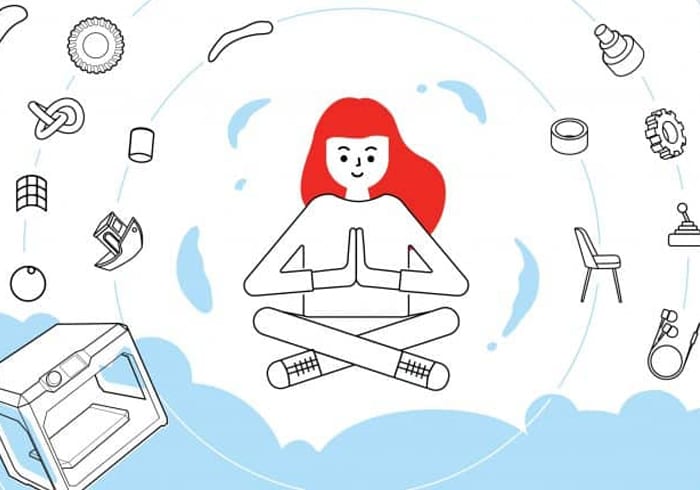
3D printing isn’t just a technology, it’s a journey.
After nearly a decade of building 3D printers and teaching the world how to use them, we’ve noticed some trends in how people experience the technology—from a user’s first exposure to their most recent challenges and successes.

1. The Curiosity Stage
Before most people see a working 3D printer in person, they likely see one online or in the news. Mainstream media drives most of this curiosity with articles on 3D printed shoes from major footwear manufacturers, the futuristic possibility of “a 3D printer in every home,” medical breakthroughs including 3D printed organs, and many more.

2. The Learning Stage
At this stage, a user will learn about the real-world applications of 3D printing. What begins with curiosity is quickly refined to reveal different industry applications like low-cost prosthetics, smart factories, and even space exploration!

3. The Excitement Stage
It’s not uncommon for a user to have an intense feeling of possibility and opportunity the first time they use a 3D printer. That excitement brings millions of people to MakerBot Thingiverse, the world’s largest 3D printing community and file library where users can download and 3D print almost anything. This feeling can last for weeks and carries many users through some of the early challenges of learning how to use a 3D printer.

4. The Setback Stage
This is where some users feel as though they have hit a creativity or skillset wall. Many might be looking to create their first 3D model (after a few weeks of printing exclusively from Thingiverse), but are struggling to learn necessary CAD skills. Or perhaps a user has the CAD skills, but lacks the design thinking to address a real world problem or develop a usable product. Or maybe a user has all of these skills, but the quality of their 3D printer isn’t living up to their expectations.
These obstacles are only small setbacks in your greater 3D printing journey.

5. The Enlightenment Stage
When it comes to any 3D printing setbacks, the way forward is always through. At this final stage, users find a realistic balance between their current skills and what they want to learn. A balance between what they can accomplish right now with a 3D printer, and what they want to achieve tomorrow.
If a user is having a difficult time getting high fidelity, appearance-quality prints, then learning post processing techniques with inexpensive finishing tools can do the trick. Or head over to Thingiverse and learn model orientation best practices and software settings for higher quality prints. Frustrated with beginner CAD skills? Check out some of the amazing Tinkercad tutorials online.
3D printers are powerful STEM education and rapid prototyping tools, but that doesn’t mean only educators and engineers should use them. If you’re an amateur designer, access to a 3D printer can inspire you to sharpen your skills or to learn new skills altogether. 3D printers are great motivational tools; an idle printer can be an enticing reminder of your idle creativity, so put that printer to work and build something!

Recent Comments